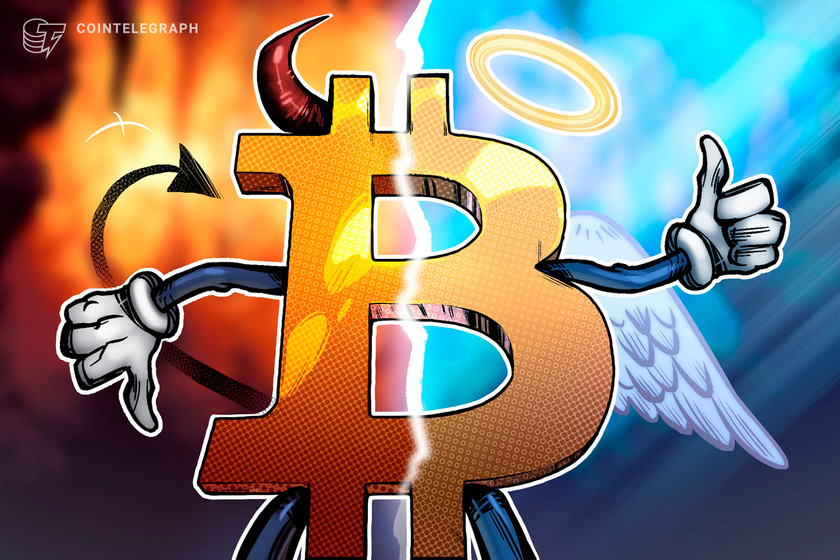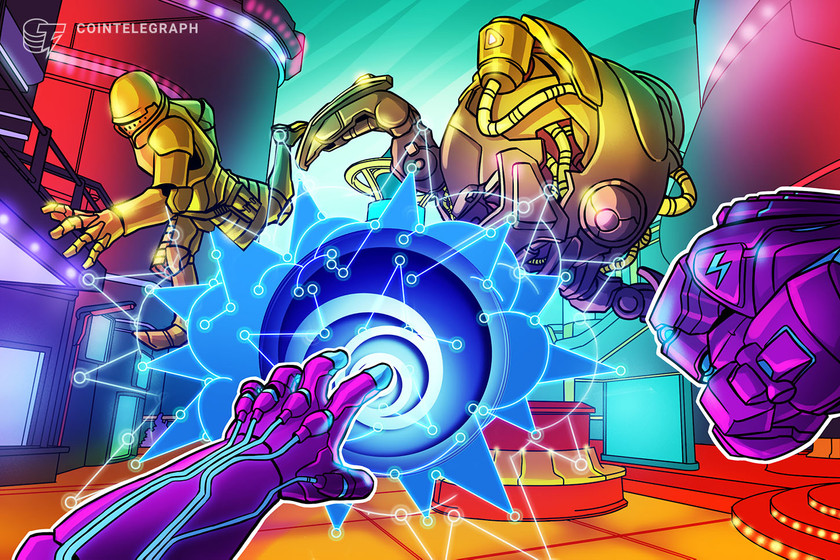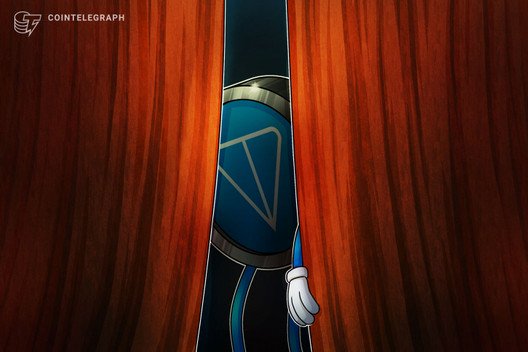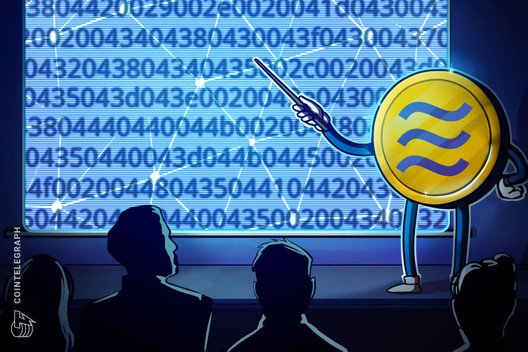Interoperability-focused Stargate Finance (STG) aims to kick off DeFi 3.0
“Stargate Finance” has been trending on Twitter for the past week and while it’s too early to call for a full-blown DeFi bull market, traders have been shoveling funds into the project, which claims to be a “composable omni-chain native asset bridge.”
Data from Cointelegraph Markets Pro and TradingView shows STG was listed on exchanges on March 17 and its price has climbed 438% from a low of $0.665 to a high of $3.58 on March 25.

Here’s a look at some of the developments with the protocol that have attracted DeFi users and boosted the price of STG ahead of its initial community auction.
Cross-chain composability
Interoperability has been a growing theme across the cryptocurrency ecosystem and this theme continues to expand as investors realize that the future Metaverse will be comprised of multiple interconnected blockchains.
While many of the older DeFi protocols have yet to develop a plan to integrate the most popular chains, Stargate was designed with cross-chain composability as its main feature. This allows a cross-chain transfer to be composed with smart contracts on the destination chain.
According to Startgate Finance, this helps to simplify the swap process and maximizes the degree of flexibility by making the process more convenient for users and opening new opportunities for cross-chain applications.
The project also offers instant guaranteed finality, which ensures that any transfer request committed on the course chain will also be committed on the destination chain as well. Unified liquidity eliminates the need for intermediate tokens as each supported chain has a pool of liquidity for the supported native assets.
The networks currently supported by Stargate F include Ethereum (ETH), BNB Smart Chain (BSC), Polygon (MATIC), Avalanche (AVAX), Arbitrum, Optimism and Fantom (FTM).
Hype builds over community auctions
A community auction begins on March 30 and users that obtained pre-approval for their wallets or bonded funds before March 17 are eligible for SGT tokens at a price of $0.25. Tokens bought during the auction include a one-year lock-up, followed by a linear unlock period that lasts six months.
Pre-approved accounts are able to purchase a maximum of 18,657 STG, while those that bonded can obtain up to 4,668 STG. Any tokens that remain after Round 1 will be split equally and made available to buy in Round 2 for those who obtained the maximum eligible amount during Round 1.
Related: Stargate Finance attracts $1.9B in six days
High stablecoin yields
A third factor helping to attract attention and users to Stargate Finance are the attractive stablecoin farming yields across its supported networks.

The high yields on stablecoins have already managed to attract $2.95 billion in liquidity locked on the protocol, according to data from Defi Llama, which makes Stargate Finance the thirteenth largest DeFi protocol by TVL.

While it’s still too early to tell how Stargate Finance will perform in the long term and whether its token price can hold its recent gains, it appears as though interoperability and a focus on stablecoin liquidity are the two key factors required for DeFi protocols looking for longevity in the crypto ecosystem.
The views and opinions expressed here are solely those of the author and do not necessarily reflect the views of Cointelegraph.com. Every investment and trading move involves risk, you should conduct your own research when making a decision.









